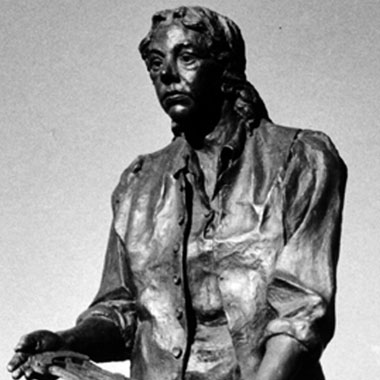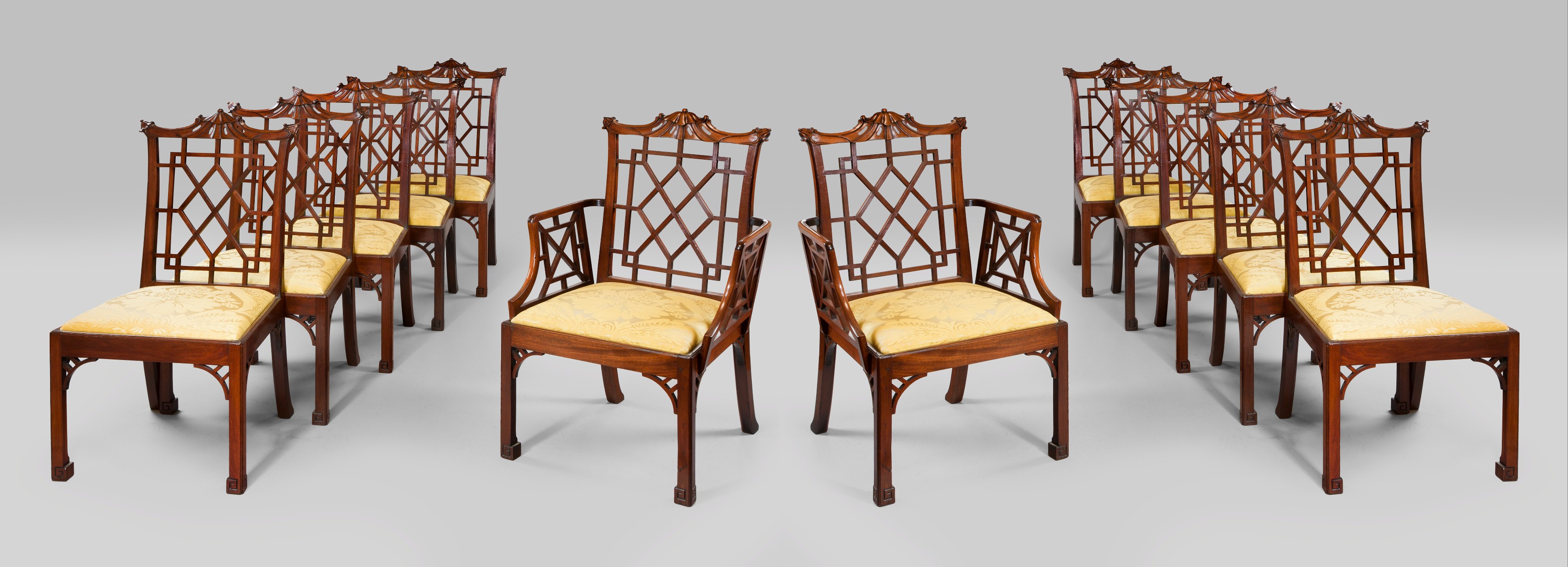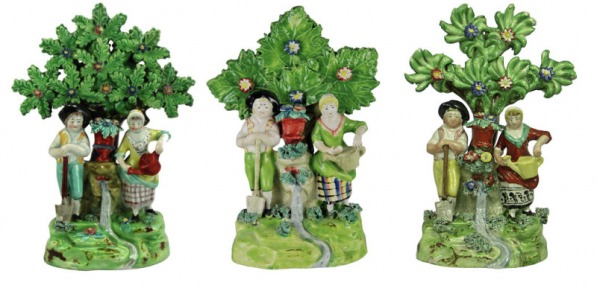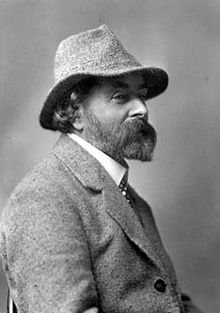Thomas Chippendale was born in the small Yorkshire town of Otley in 1718, the son of a carpenter; his family had long been involved in the woodworking trade and the timber business, and Thomas received his training and apprenticeship from his father. In his early years he also worked for a well-known top-quality furniture-maker in York called Richard Wood, so Chippendale was obviously a trained cabinetmaker working initially in and around his home county of rural Yorkshire.
A humble beginning, then, for someone who in years to come would furnish some of the finest and grandest homes in England top to bottom, someone whose designs would be copied all over the known world and whose clients read like a page out of Who’s Who.
In 1749, at the age of 31, Thomas moved from Yorkshire to London in an attempt to make his name and fortune, like so many before and after him, I suppose. Leaving the quiet life in Yorkshire for the hustle and bustle of London was a big step to take in the mid-eighteenth century, bearing in mind that for him this must have been akin to you or I upping sticks and moving continents today.
Chippendale was far from just a cabinetmaker, though. As well as setting up his bespoke furniture-making business, he also sold off-the-peg furnishings through his showrooms to casual walk-in customers. He had a good line, for example, in hexagonal tea or games tables, which were probably made for him elsewhere. He also had an important wholesale business in importing large sheets of French mirror glass, which was by far the most expensive item in any furnishing scheme. The glass would be fitted into his own grand gilt frames or sold to other designers in the city.
We can see, then, that Chippendale actually ran a large and thriving furnishing and interior-design business, providing his clients with anything and everything they needed to furnish their homes, from the servants’ quarters at the top of the house through to the grand drawing-rooms in the middle and down into the basements. Chippendale supplied the lot, from wallpaper and textiles to huge banqueting tables. He was so switched on and keen for business, that for his particularly special and valued customers he even acted as their undertaker! Employing as many as 50 in-house craftsmen and many more out-workers, Chippendale was quite an entrepreneur.
A real leap forward for Chippendale came in 1754 when he published his masterful collection, Gentleman and Cabinet-Maker’s Director. This was basically a catalogue or compilation of new, fresh, and fashionable English furniture designs. Some were already existing, although with his own interpretation and flare added, but most were his designs. This publication acted as a brochure for his business, by which his posh, top-end clients could choose designs in the comfort of their own homes and place orders with Chippendale no matter where they were in the country.
In addition to this, Chippendale’s publication was sold as a design book for other cabinetmakers to follow, copying his designs in their own workshops to create up-to-date and fashionable Chippendale-inspired furniture. So, although London always led the way when it came to fashion and designs, at least it no longer took years for the latest look to reach the provinces. Super-stylish and modern furniture was being made in little village workshops in all corners of Britain by craftsmen following Chippendale’s drawings.
As well as becoming instantly famous in this country, Chippendale’s designs were eagerly sort after in America, and the design book was used prolifically by workshops grand and humble all over the New World.
Chippendale didn’t run the business on his own, though. Although he was obviously the artistic driving force of the company, supervising the workforce and its production, dealing face-to-face with clients, and advising on interior schemes and colours, Chippendale also partnered with upholsterer James Rannie and later, after Rannie’s death, his former clerk Thomas Haig.
Married twice, the father of nine children and something of a celebrity in his day, Chippendale was undoubtedly a special and talented multi-skilled individual who took London by storm and was welcomed into the finest and most influential homes in the country.
Chippendale died at the age of 61 in 1779, leaving his share of the business to his highly talented son, also named Thomas. Thomas Chippendale the younger ran the company Chippendale & Haig with his father’s old partner Thomas Haig until Haig’s retirement in 1796. Thomas continued for only another eight years before Chippendale’s went bankrupt in 1804. The company, founded by one of the world’s most notable and influential furniture-makers and designers, ended after over 50 years of producing some of the most beautiful and valuable furniture we will ever see.
Many fine pieces of furniture have been attributed to Thomas Chippendale, but verifiable pieces are rare. His designs were, of course, meant to be copied, and the success of his publication, Gentleman and Cabinet-Maker’s Director, was so great that it was reprinted time and time again. It is therefore incredibly difficult to know for certain whether a piece was made by Chippendale at all. None of his work was marked or labelled, so authenticity can only be established by original invoices or other documentation. Also, don’t forget that even if an item can be guaranteed to have come out of Chippendale’s workshops, how do we know whether or not the great man actually worked on it?
The chances of ever owning a piece of genuine Chippendale furniture is about as likely as winning the lottery, but luckily for us all, because he was commissioned to design the interiors of the greatest houses of the day and furnish them, we can still see many of his creations actually still in situ in these great stately homes. Search the Internet and you’re sure to find one near you.
Image Credit:
http://www.coulborn.com/





















